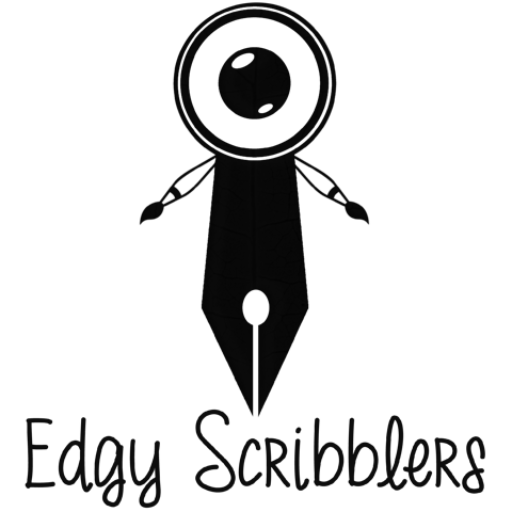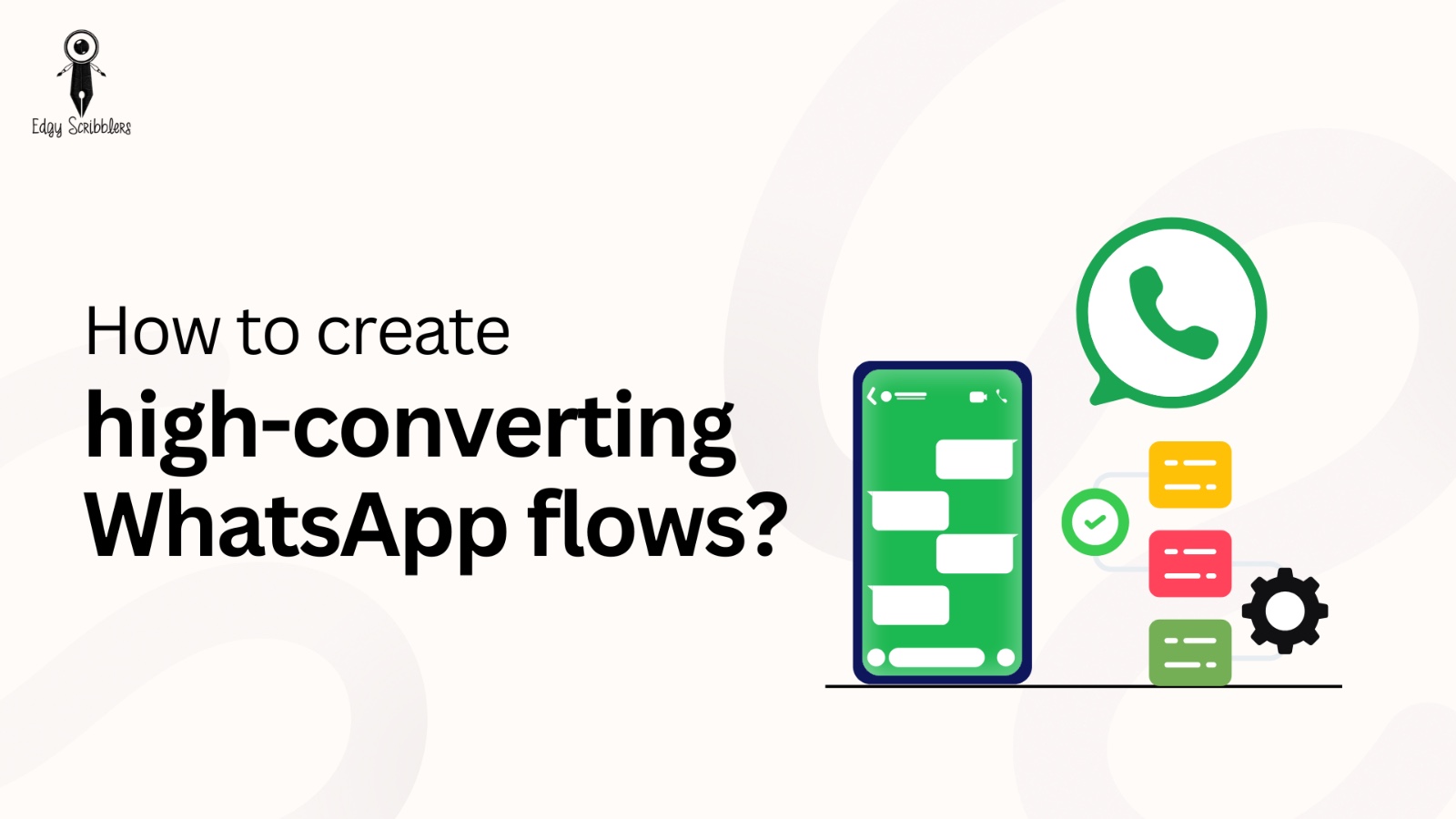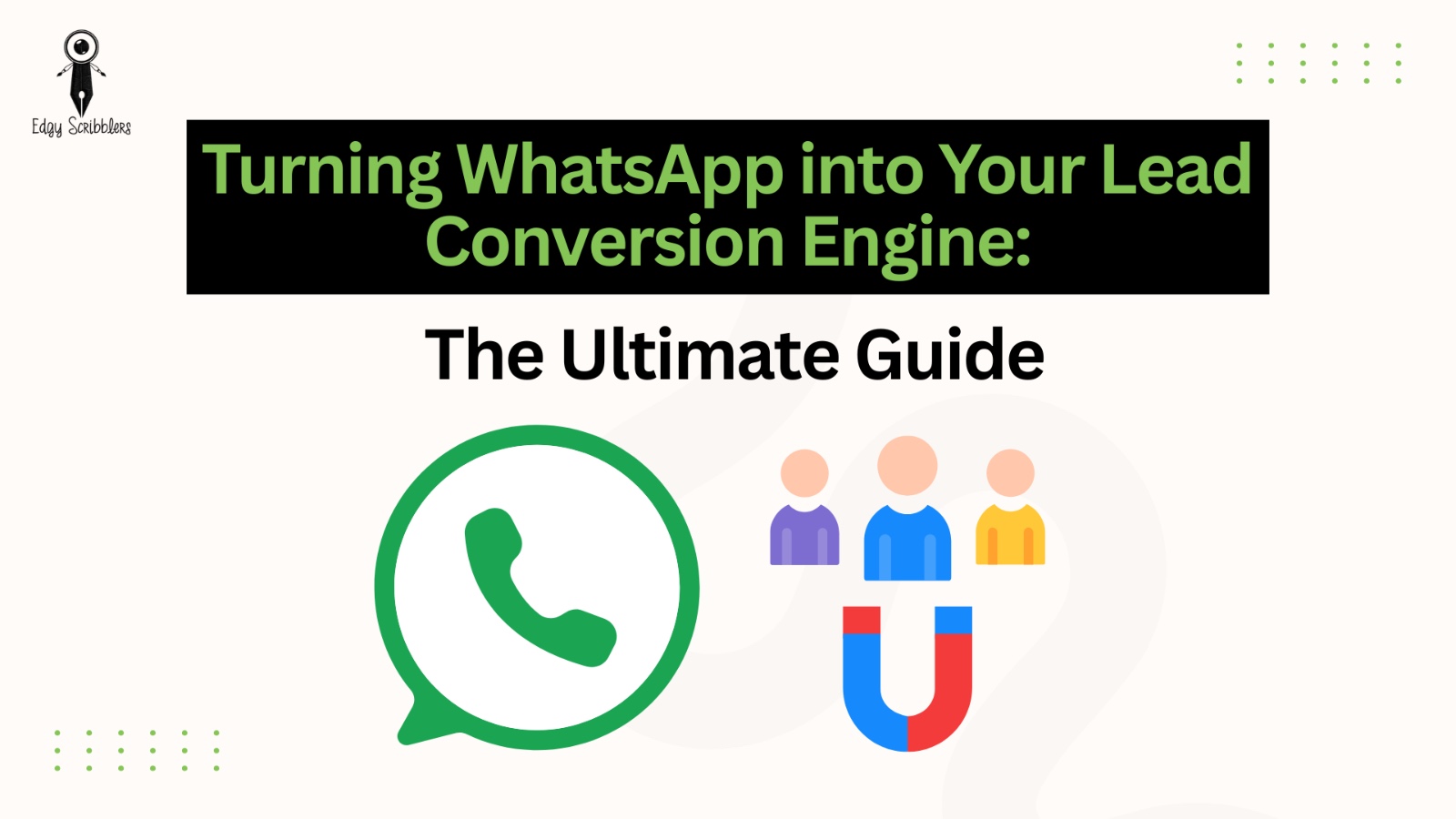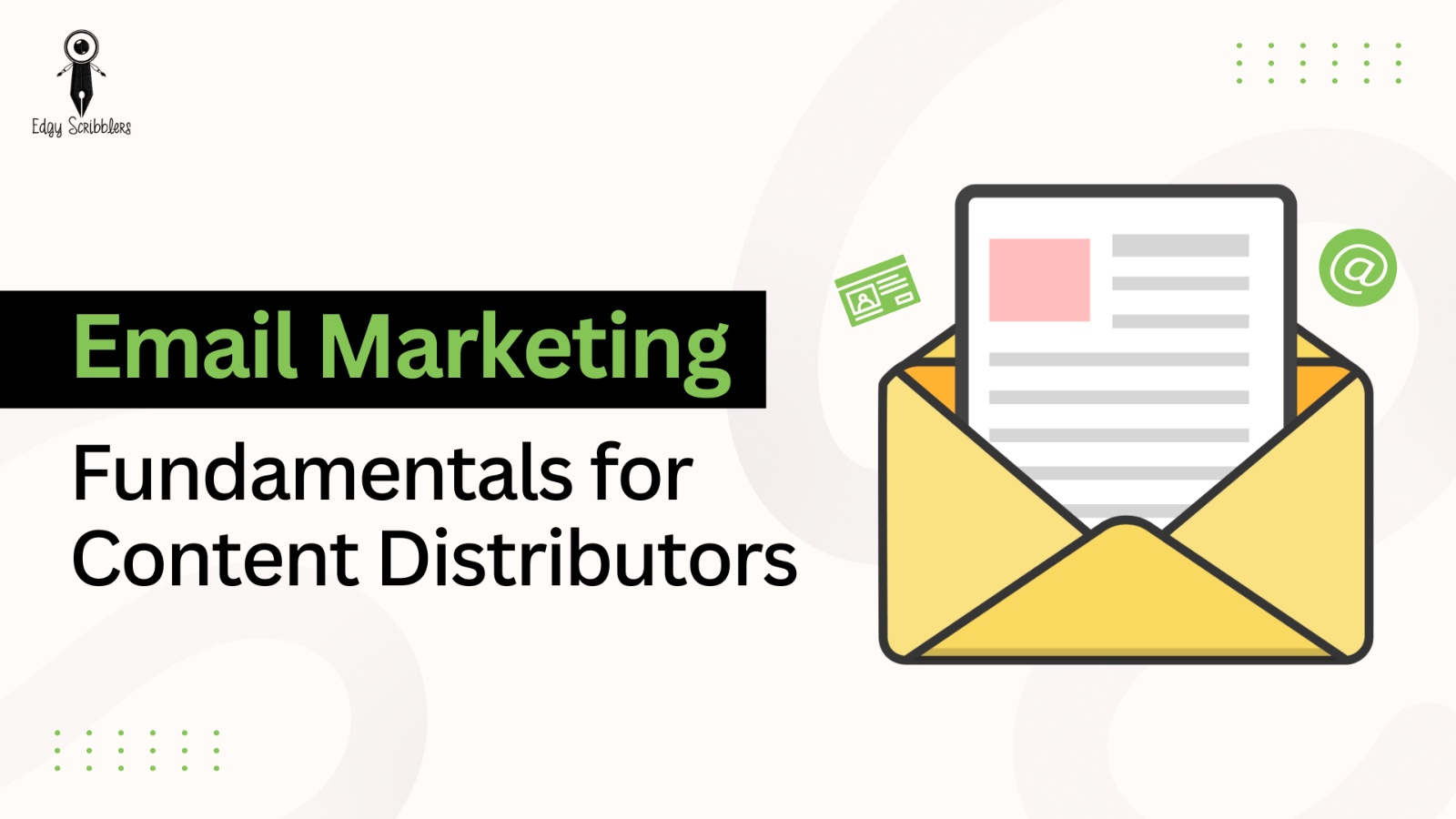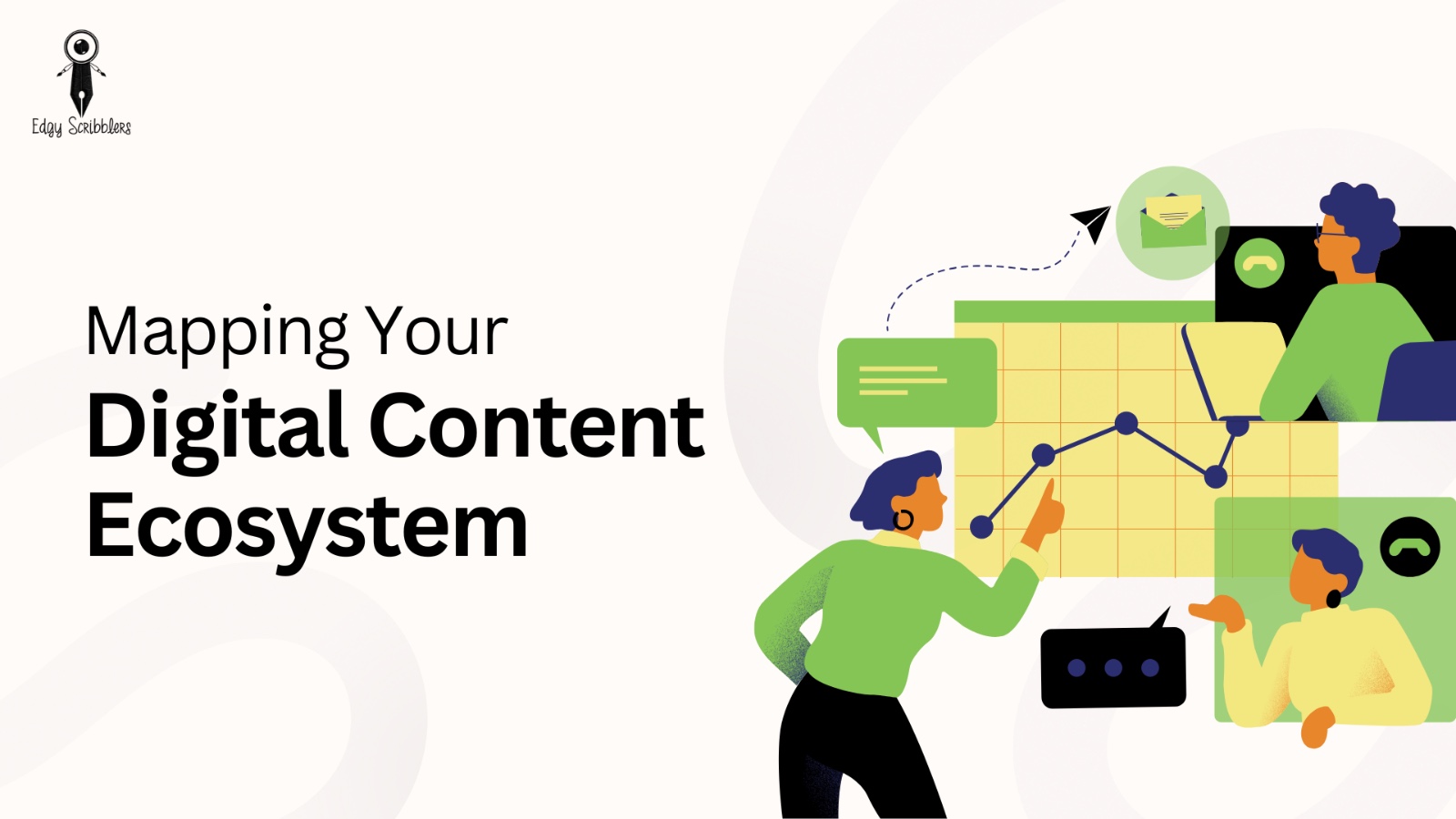
Mapping Your Digital Content Ecosystem: The Missing Link in Your Marketing Strategy
In the age of digital chaos, content alone isn’t king — distribution is. You can publish the most well-written blog or the most insightful carousel, but if it doesn’t reach the right person at the right time through the right channel, it becomes digital clutter. This is where mapping your digital content ecosystem becomes crucial. If your content doesn’t resonate with your clients, who are spread across different platforms, then why are we investing time in it?
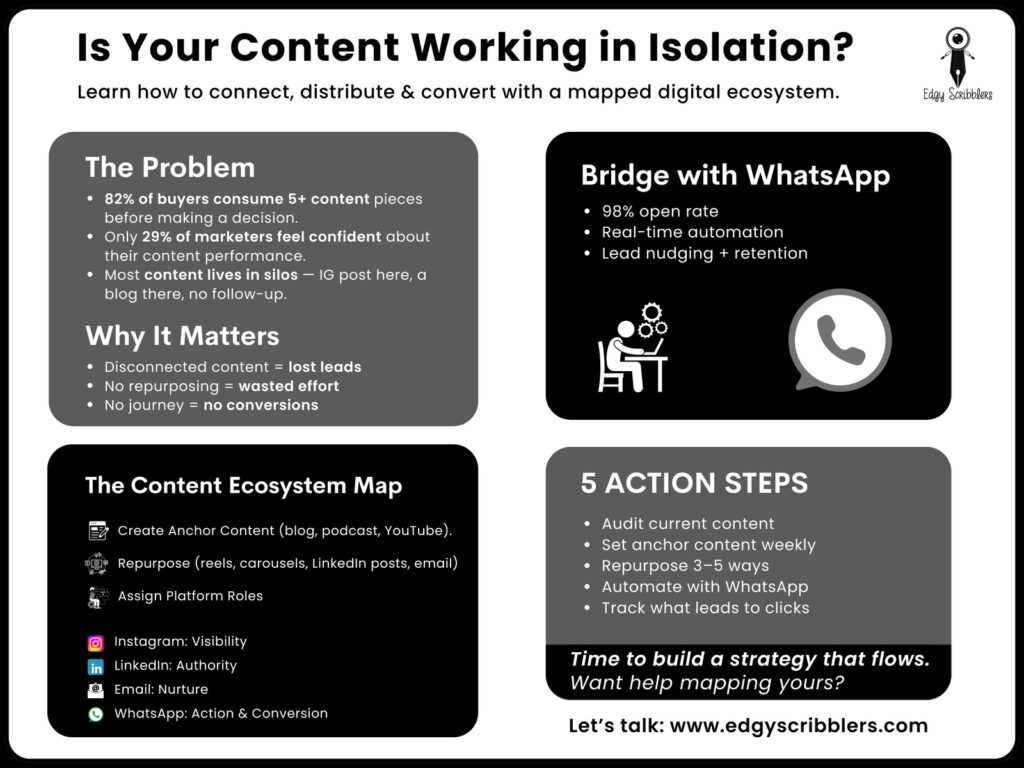
Scattered Content = Scattered Results
If you’re a wellness expert, yoga trainer, coach, or solopreneur, chances are you’re pouring hours into creating valuable content — Instagram posts, reels, blogs, YouTube videos — only to find:
- Minimal engagement
- No leads
- No return on your effort
This isn’t due to a lack of quality or intent. It’s because your content isn’t connected.
According to the Content Marketing Institute (2023), only 29% of marketers say they are “very successful” with content marketing. Another study by DemandGen Report found that 82% of buyers engage with at least five content assets before making a decision.
Yet, most creators and business owners don’t have a mapped journey that connects these pieces of content into an ecosystem. You might have to publish across multiple platforms, but are those platforms talking to each other? Is your target customer able to relate to your content with the intent with which she/he has come on that platform?
A Broken Content Journey Kills Growth
When content is created without a clear map:
- Your Instagram carousel doesn’t lead to your website.
- Your blog doesn’t connect to your WhatsApp or email.
- Your lead magnet has no nurture sequence.
- Your audience doesn’t know what to expect next.
- No clear call to action or incentive for your audience to engage with your content.
This creates fragmentation. And that fragmentation is costing you sales, retention, and visibility. You’re constantly reinventing the wheel with new content instead of making each piece of content work harder and reach further.
You don’t need to create more. You need to connect more.
Map –> Repurpose –> Distribute –> Bridge
A mapped digital content ecosystem ensures that every piece of content is connected, guiding your audience through discovery, trust-building, and conversion. The biggest gap I have seen mostly every second creator does not give a clear call to action.

Here’s how to make it work:
Step 1: Create Anchor Content
Start with 1–2 pieces of pillar content each week. This could be:
- A blog post on your website
- A podcast episode
- A long-form Instagram carousel
- A YouTube video
This becomes the foundation of your weekly strategy. You can use ChatGPT or Claude AI, but don’t just rely 100% on them. Like this article, research has been done through ChatGPT’s deep research feature, followed by draft structuring through Claude and then final editing and proofreading by me.
Step 2: Repurpose Intelligently
Repurpose that anchor content into micro-content for other platforms:
- Instagram reels
- LinkedIn text posts
- WhatsApp status updates
- Email newsletters
- Infographics
You’re not repeating — you’re reinforcing. How?
This article is broken down into an infographic(as the first image in this article; also used on WhatsApp status), a carousel post(on Instagram and LinkedIn page), and a reel/short through AI Avatar(created using HeyGen; published across LinkedIn page and YouTube channel).
Step 3: Assign Roles to Platforms
Each platform plays a specific role in your ecosystem. Sharing the suggested roles as per our strategy, each platform could have a different role depending on your business and customer segments:
- Instagram → Awareness and reach
- LinkedIn → Authority and credibility
- YouTube → Long-form education and search discovery
- Email → Nurturing and trust-building
- WhatsApp → Action-driven, personal engagement
Step 4: Use WhatsApp as a Bridge, Not a Broadcast
With over 487 million users in India alone, WhatsApp is not just a messaging app — it’s a distribution goldmine. And yet, only a small fraction of wellness brands use it strategically.
Here’s how WhatsApp can bridge your ecosystem:
- Turn website form submissions into automated WhatsApp replies (check our demo here)
- Send webinar reminders and booking nudges
- Deliver your latest content (blogs, videos, testimonials) in a personal tone
- Create nurturing sequences for warm leads
- Use real-time analytics to track clicks and responses
💡 WhatsApp has a 98% open rate, compared to email’s 20%【Statista】. That’s a game changer.
Step 5: Nurture Through Automation
Once your platforms are mapped and bridged:
- Set up automated WhatsApp sequences for new leads (What can WhatsApp enable?)
- Build email drips for downloads and follow-ups
- Automate social posts with scheduling tools ( Publer.io is our go-to tool)
This helps you spend less time doing, and more time growing.
The Impact: Why This Matters
Mapping your digital content ecosystem means:
✅ You gain clarity on your content strategy
✅ You show up consistently without overwhelm
✅ Your audience follows a clear, connected journey
✅ You build trust and conversions, not just likes
An immaculate user journey that relies on the mapped content across platforms is easy to execute and measure the success rate.
5 Actionable Steps You Can Take Today
- Audit your content touchpoints: What’s published where? What links to what?
- Choose one anchor content per week and build your weekly plan around it.
- Repurpose your content into 3–5 formats across 2–3 platforms.
- Set up WhatsApp automations for lead capture, reminders, and content delivery.
- Use Linktree, Google Sheets, or Notion to map your ecosystem visibly.
FAQs
Q: I’m not tech-savvy. Can I still build a content ecosystem? Yes! Start with a visual map (on paper or Notion) and gradually integrate tools like Canva, Mailchimp, or a WhatsApp automation provider.
Q: Is WhatsApp marketing legal? If you’re using consent-based, value-driven communication, yes. Just avoid bulk spamming — focus on meaningful engagement.
Q: Can this work if I only have 500 followers? Absolutely. A well-nurtured small audience can convert better than a disengaged large one.
Q: How do I measure success? Track metrics like:
- Click-through rates on WhatsApp/email
- Time spent on anchor content
- Engagement-to-conversion ratio
Final Words: Don’t Let Great Content Go to Waste
Your content is valuable. But it needs a system to deliver value. A mapped ecosystem is your growth strategy, not just a marketing tactic. It helps you spend less time wondering what to post and more time making real business progress. If you’re a wellness solopreneur or coach tired of content that vanishes into the void, maybe it’s time to build the bridge.
📞 Let’s talk. Book a call to see how we help you map your content ecosystem, integrate WhatsApp, and finally get results from your marketing efforts.
